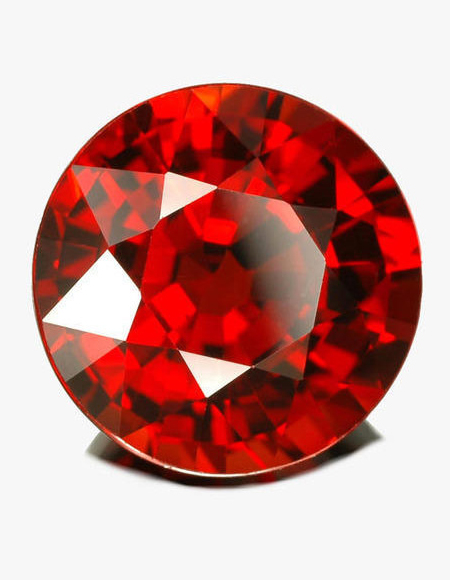
Garnet Gemstone
Those born in January are lucky to have the beautiful and diverse garnet as their birthstone. Garnets are commonly red but also come in an extraordinary range of beautiful colors, including orange, yellow, purple and vibrant green. There are even garnets that change color from blue to purple in different lighting. Some believe the true value of the garnet birthstone is its power to bring the wearer good health, wealth and happiness.
Garnet is actually a group of several minerals. Five of these – pyrope, almandine, spessartine, grossular and andradite – are important as gems. Pyrope and almandine range from purple to red. Spessartine is found in exciting oranges and yellows, while andradite is mostly yellow to green (the gem variety demantoid). Grossular may have the widest range, from colorless through yellow to reddish orange and orangy red, as well as a strong vibrant green called tsavorite.
The different types of garnet range between 6.5 and 7.5 on the Mohs scale of hardness. This means that this birthstone is more susceptible to damage than rubies, sapphires and diamonds. So while not all garnets are good candidates for daily wear, they are ideal for earrings, brooches and pendants. Give thought to how you store your garnet jewelry. If you let it rub against harder gems – again, think diamonds, rubies and sapphires – it can be scratched. And in turn garnet can scratch softer gems, such as opals or pearls.
Most garnets are not treated. Rarely, however, some garnets might be fracture filled, whereby treaters try to improve the apparent clarity of the gem by filling surface-reaching breaks with a glass-like substance. Such treated stones require special care. Regardless, use of a soft brush with warm soapy water is always safe for cleaning garnets. Ultrasonic cleaners are usually safe, except for stones that have fractures or have been fracture filled. Steam cleaning is not recommended.
